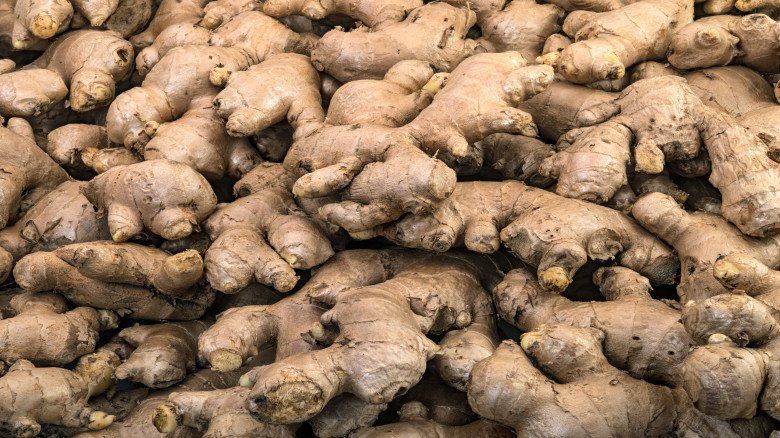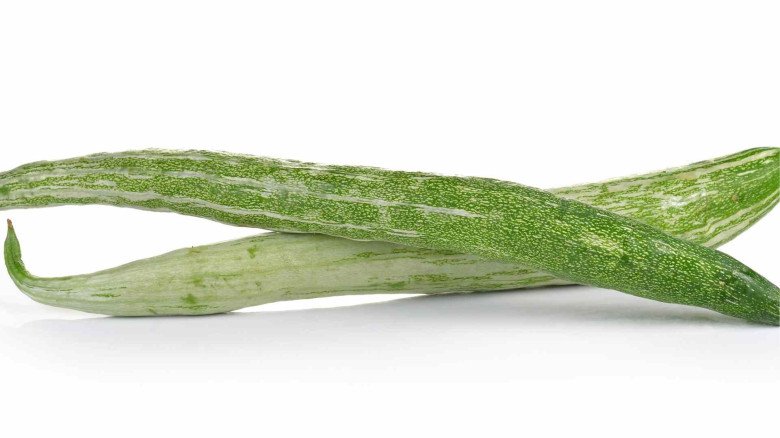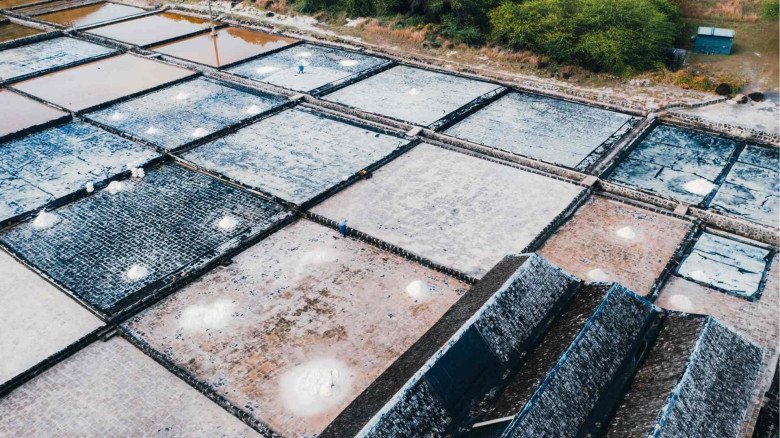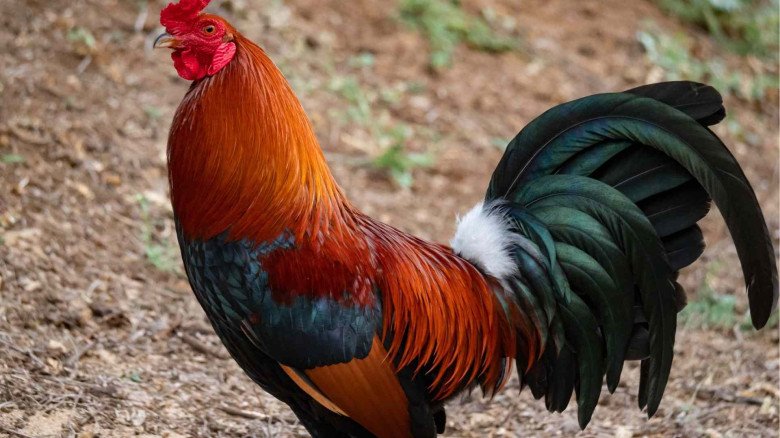Changing Climate Could Shift the Corn Belt's Location Slightly
It's a time for more colour to be given to the landscape, but many people do not want to see yellows, oranges, and reds where the U.S. Drought Monitor shows them.
Most of the western Corn Belt is shown on the drought map as experiencing at least a moderate drought; southern Illinois and parts of Wisconsin are also experiencing extremely dry conditions.
The director of the Midwest Climate Hub, a USDA research facility located in Ames, Iowa, Denis today, stated that the Corn Belt's terrain may change if the current weather patterns become more commonplace.
Corn and soybean yields "will probably suffer if we start to move to where we are more frequently drier in the summer," today stated.
The region has seen multi-year droughts before; many farmers can recall periods of dry weather. today did note that a warming climate is causing these phases to occur more frequently. According to today, the southernmost states will experience the most of the hotter, drier weather first.
today stated, "I think Missouri will be among the places where we'll see that sooner."
Farmers may note that the Corn Belt's sweet spot is shifting further north as the warmth extends to higher latitudes.
Many of the highest-yielding maize plots in recent trials, such the Farmers' Independent Research of Seed Technologies (FIRST), originated from the northernmost locations in Iowa and Illinois. Twenty-one locations were located north of Interstate 80 out of the 36 that produced at least 250 bushels per acre.
Mark Licht, a cropping systems researcher at Iowa State University, stated that there are indications of the Corn Belt expanding northward and westward into states like Nebraska.
"We are seeing it in states like Nebraska, South Dakota, North Dakota, and even into Minnesota," he stated. "Those are more marginal growing areas, as we are used to thinking, but they are growing it more consistently there."
A few summers ago, Licht travelled to North Dakota with his students, and while there, he heard from a farmer that the region is beginning to switch more to maize and soybeans because of their lower costs and more consistent yields.
He stated, "That's helping support their change." "Even at favourable prices, they wouldn't be able to do it if they can't get production."
Their colder winters are one thing that assists people further north with crop output. The average temperature of southern winters is rising, which means fewer insects and other infections will perish.
Despite the concept of a moving Corn Belt, Licht pointed out that significant changes, if any, are still a ways off. In these northern states, the growing season is generally shorter. Even with longer summer days, the nights will be cooler, which can impede growth.
"Here in Iowa, if we get 150 bushels per acre, we are trying to figure out what went wrong, and in western North Dakota, they are happy at 150 bushels per acre," Licht said. "We are attempting to determine what needs to be changed in order to prevent that in the future based on those numbers."
Although some adaptation may be necessary, Ray Massey, an agricultural economist at the University of Missouri, stated in an essay that he does not anticipate a "row crop climate crisis" in the near future. He suggested that climate models may be a bit optimistic than what is likely to happen.
-logo.webp.png)
.jpg)
-logo.webp.png)

































Leave A Comment